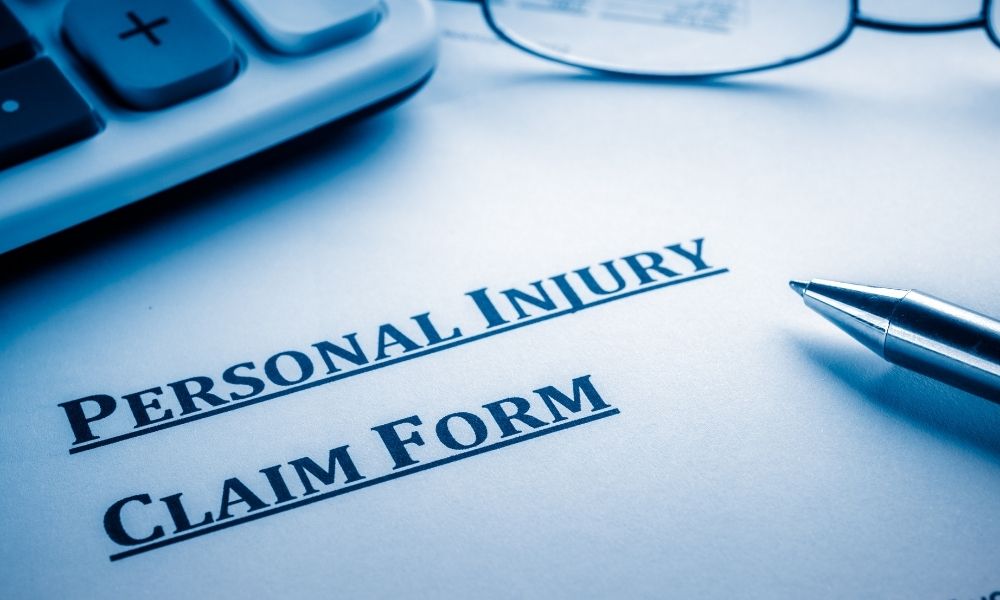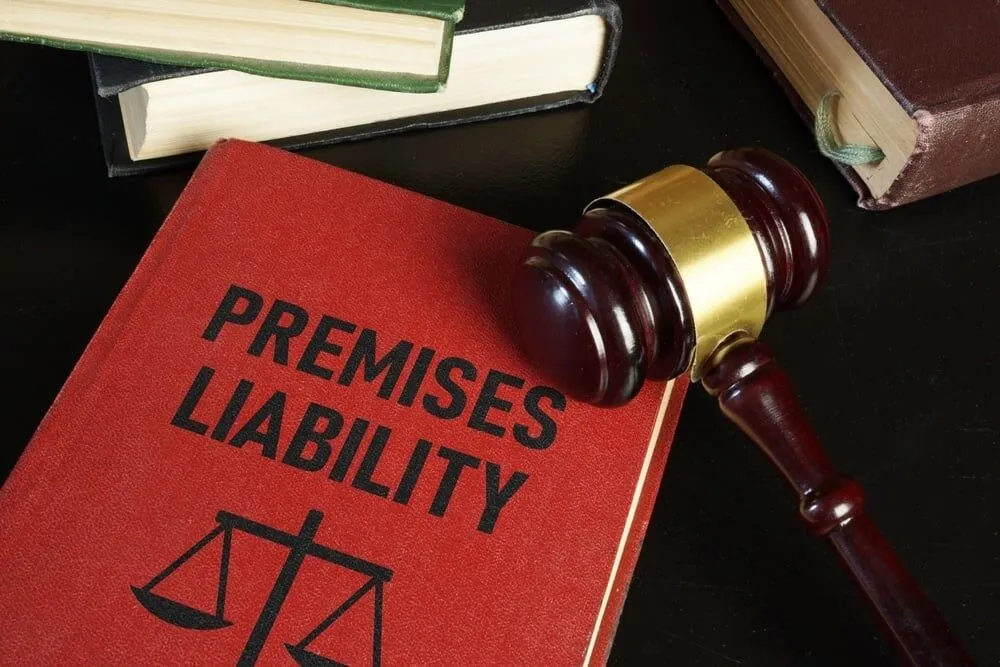When you’ve suffered an injury due to someone else’s negligence or wrongdoing, pursuing a personal injury claim becomes crucial in seeking justice and obtaining the compensation you deserve. However, the success of your claim hinges on the ability to present compelling evidence that supports your allegations with the help of a personal injury attorney.
Evidence serves as the backbone of your case, providing a factual basis for your claims and substantiating the extent of your injuries, the impact on your life, and the liability of the responsible party.
This article highlights the types of evidence that are absolutely crucial in a personal injury claim. By understanding the significance of each type and how they contribute to building a strong case, you can better navigate the legal process and maximize your chances of a successful outcome.
1. Medical Records and Bills
One of the most important types of evidence in a personal injury claim is medical documentation. Medical records, including hospital reports, doctor’s notes, and diagnostic test results, provide objective evidence of your injuries, the medical treatment you received, and their impact on your overall well-being. These records validate the existence and severity of your injuries, offering a professional assessment that can be crucial in determining the compensation you deserve.
In addition to medical records, keeping track of your medical bills is equally important. These documents demonstrate the financial impact of your injuries, including expenses related to hospital stays, surgeries, medications, and rehabilitation. Medical bills serve as tangible proof of the monetary damages you have incurred as a result of the accident.
2. Eyewitness Testimony and Witness Statements
Eyewitness testimony and witness statements can significantly strengthen your personal injury claim. Eyewitnesses who saw the accident occur can provide firsthand accounts of what happened, corroborating your version of events and establishing the liability of the responsible party.
Witness statements, obtained through interviews or written affidavits , capture the perspectives and recollections of individuals who may have observed the accident or its aftermath. These testimonies often carry substantial weight in court, providing valuable insights into the circumstances surrounding the incident.
3. Photographs and Videos of the Accident Scene
Visual evidence, such as photographs and videos of the accident scene, can be highly persuasive in a personal injury claim. Capturing the scene immediately after the accident occurred can help preserve crucial details that might otherwise be lost or altered over time.
Photos and videos can document important factors such as property damage, hazardous conditions, or any other relevant aspects that contributed to the accident. These visual records can vividly illustrate the circumstances and serve as compelling evidence in support of your claim.
4. Police Reports and Official Documentation
If law enforcement officials were involved in responding to the accident, obtaining a copy of the police report is crucial. Police reports contain important details about the incident, including the date, time, and location of the accident, statements from involved parties and witnesses, and any citations or charges issued. These reports provide an objective record of the accident, lending credibility to your claim and helping establish the facts surrounding the incident.
5. Expert Opinions and Testimony
In complex personal injury cases that Sawyer Injury Law regularly handles, expert opinions and testimony can be invaluable. Depending on the nature of your claim, you may need experts from various fields, such as accident reconstruction specialists, medical professionals, or engineers, to provide their professional assessment and opinions.
Expert witnesses can analyze the evidence, offer their expertise, and provide insights into causation, liability, and the extent of your injuries. Their testimony can carry significant weight in court and help strengthen your case.
6. Documentation of Damages
To seek compensation for your losses, it is crucial to document the damages you have suffered. This includes keeping records of any lost wages or income due to your injuries. Pay stubs, tax records, and employment verification letters can serve as evidence of your financial losses.
Additionally, documenting any pain and suffering you have experienced can be challenging but essential. Maintaining a journal to record the physical and emotional impact of your injuries can help demonstrate the non-economic damages you have endured.
Conclusion
In a personal injury claim, presenting the right evidence is vital to establishing liability, proving the extent of your injuries, and seeking fair compensation. Medical records, eyewitness testimony, photographs, police reports, expert opinions, and documentation of damages all play critical roles in building a compelling case. By gathering and organizing these types of evidence, with help of trusted firm like Sawyer Injury Law in Atlanta you can strengthen your claim and increase your chances of a favorable outcome.
Consulting with an experienced personal injury attorney can provide you with guidance on the specific types of evidence needed for your case and help navigate the complexities of the legal process. Remember, the strength of your evidence can significantly impact the success of your personal injury claim, so it’s essential to gather and present it effectively.




